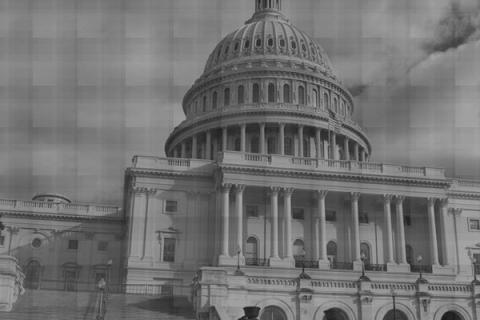 The haboob that hit Phoenix on July 5 was indeed a monster, the largest in decades. It was at least 100 miles long, lasted for two hours, and was several thousand feet high. A second, less powerful haboob hit on July 18. Such dust storms are relatively common in Arizona.
The haboob that hit Phoenix on July 5 was indeed a monster, the largest in decades. It was at least 100 miles long, lasted for two hours, and was several thousand feet high. A second, less powerful haboob hit on July 18. Such dust storms are relatively common in Arizona.
The good news is that their frequency has been steadily decliningthe past few decades, down to about 2 per year at Sky Harbor Airport in Phoenix from 8 per year in the 1940'-50's. This is partly due to urbanization and less farmland and its accompanying dust being nearby. The ferocity of the July 5 dust storm was caused by exceptionally powerful thunderstorms in the area which produced powerful downdrafts of wind called microbursts, which then fanned out along the ground, easily picking up dust because conditions were so dry.
Haboobs can obviously create health hazards for those with asthma and other breathing conditions. They can also spread a fungal pneumonia called Valley Fever from underlying soil. There is no cure for Valley Fever, although anti-fungal medications help. Cases are expected to spike in the aftermath of the haboobs.
Here are some tips regarding what to do when driving in a haboob. These are from The Arizona Department of Transportation, which says "dust storms are most common between May and September in Maricopa and Pima County", andJeff Davis at the National Weather Bureau:
Don't enter the dust storm area if you can avoid it.
Never stop in the middle of the road.
Run over tumbleweeds, they can't hurt your car.
If dense dust is observed blowing across or approaching a roadway, pull your vehicle off the pavement as far as possible, stop, turn off lights, set the emergency brake, take your foot off of the brake pedal to be sure the tail lights are not illuminated.
If you can't pull off the roadway, proceed at a speed suitable for visibility, turn on lights and sound horn occasionally. Use the painted center line to help guide you. Look for a safe place to pull off the roadway.
They both emphasize that if you pull off the road, turn off the lights and take your foot off the brakes. This is probably so approaching drivers, blinded by the dust, don't think your car is on the road and then accidentally hit you because they assume you will be moving but aren't.
Are these dust storms due to El Nino, La Nina, or climate change? While proponents and opponents will argue their respective views about these haboobs, the truth is that no one yet knows if a new trend of increasing strength and frequency has commenced. We won't know the answer to that for a number of years.
